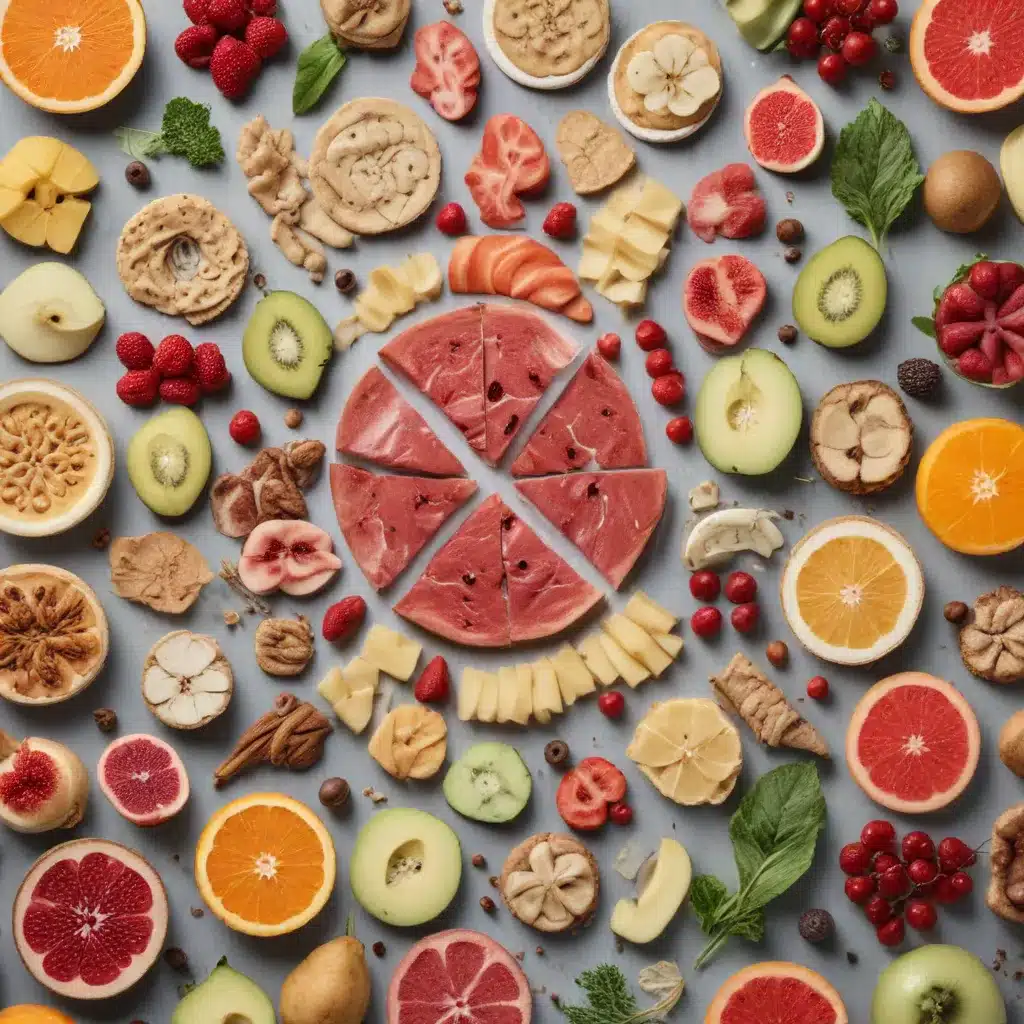
Understanding the Visual Appeal of Culinary Creations
As seasoned culinary professionals, we know that the visual presentation of food is just as important as its taste. The aesthetic appeal of a dish can significantly impact our overall dining experience, influencing our perception, enjoyment, and even the way we approach our meals. But what is the science behind food aesthetics, and how can we harness this knowledge to create truly captivating culinary masterpieces?
In this in-depth exploration, we’ll dive into the fascinating world of food aesthetics, uncovering the psychological, neurological, and cultural factors that shape our appreciation for the visual aspects of cuisine. By understanding the underlying principles that govern our sensory responses to food, we can unlock the secrets to crafting dishes that not only delight the palate but also captivate the eye.
The Science of Sight: How Vision Shapes the Dining Experience
Our sense of sight plays a pivotal role in shaping our overall perception of food. Studies have shown that the visual presentation of a dish can significantly influence our expectations, anticipation, and even the way we actually experience the flavors and textures of the food we consume.
One of the key factors in food aesthetics is color. The vibrant hues of fruits, vegetables, and other ingredients can elicit strong emotional responses and trigger our appetite. Researchers have found that specific color combinations, such as the contrast between complementary colors or the harmonious blending of analogous shades, can create a sense of balance and visual interest on the plate.
Furthermore, the plating and arrangement of a dish can also profoundly impact our perception. The way the components of a meal are positioned, the use of negative space, and the overall composition of the plate can all contribute to a dish’s visual appeal. Skilled chefs often employ principles of design, such as the rule of thirds or the use of symmetry, to create visually stunning presentations that captivate the diner’s attention.
Interestingly, the size and shape of food items can also play a role in their aesthetic appeal. Studies have shown that diners tend to prefer dishes with a sense of harmony and proportion, where the various elements are balanced and complement each other. The use of contrasting textures, such as the crunch of a garnish against the smoothness of a puree, can also enhance the visual interest of a dish.
The Neuroscience of Flavor: How Vision Influences Taste Perception
The relationship between our sense of sight and our perception of taste is a fascinating area of study. Numerous studies have shown that the visual appearance of food can significantly influence our expectations and, in turn, shape our actual experience of the flavors and textures we encounter.
One of the key mechanisms at play is the cognitive priming that occurs when we see a dish. Our brains start to anticipate the flavors, aromas, and sensations we expect to experience, based on the visual cues we receive. This priming can influence our taste receptors, leading us to perceive flavors as more intense or more nuanced than they would be without the visual input.
Moreover, the cross-modal integration of our senses can also contribute to the way we perceive food. Our brains seamlessly combine information from our visual, olfactory, and gustatory senses, creating a unified sensory experience. This integration means that the way a dish looks can profoundly impact the way we experience its flavors, textures, and even its perceived quality.
Interestingly, research has also shown that the plating and presentation of a dish can influence our perception of its portion size and caloric content. Diners tend to perceive visually appealing dishes as more satisfying and less calorie-dense, even when the actual nutritional content remains the same.
Harnessing the Power of Food Aesthetics
Now that we’ve explored the science behind food aesthetics, let’s consider how we can apply this knowledge to create truly captivating culinary experiences.
1. Understand Color Theory: Familiarize yourself with the principles of color theory, including the relationships between hues, their psychological impacts, and how to create visually striking color combinations on the plate.
2. Master Plating Techniques: Experiment with different plating techniques, such as the use of negative space, symmetry, and the rule of thirds, to create visually balanced and harmonious dish presentations.
3. Embrace Contrasting Textures: Incorporate a variety of textures, from the crunch of fresh vegetables to the velvety smoothness of a puree, to add visual interest and sensory complexity to your dishes.
4. Pay Attention to Portion Size and Proportion: Ensure that the various components of a dish are properly proportioned, creating a sense of visual harmony and balance.
5. Employ Garnishes Strategically: Use garnishes, such as edible flowers, herbs, or delicate sauces, to add pops of color, texture, and visual interest to your plates.
6. Understand Cultural and Contextual Influences: Be mindful of the cultural and contextual factors that shape our perceptions of food aesthetics, and adapt your presentation accordingly to cater to your audience’s preferences and expectations.
By exploring the science of food aesthetics and putting these principles into practice, you can elevate your culinary creations to new heights, captivating the senses of your diners and elevating the overall dining experience.
Conclusion: Unlocking the Full Potential of Culinary Art
The science of food aesthetics is a fascinating and multifaceted field, one that offers valuable insights for culinary professionals and food enthusiasts alike. By understanding the psychological, neurological, and cultural factors that shape our visual perception of food, we can unlock the full potential of our culinary creations, crafting dishes that not only delight the palate but also captivate the eye.
As Kitchen Warrior continues to explore the cutting edge of culinary innovation, we remain committed to sharing our expertise and insights with our readers. Through this in-depth exploration of food aesthetics, we hope to inspire you to push the boundaries of your own culinary artistry, creating dishes that truly elevate the dining experience.


